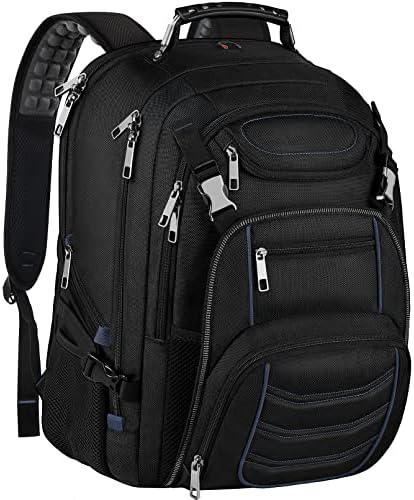Bob Costello, chief economist with the American Trucking Associations (ATA), visited the Isaac Instruments user conference this year with a grim economic outlook, but also one that contained hints of opportunities.
“This is a unique cycle,” he told attendees, noting the unprecedented spike in GDP in 2021 came from pumping trillions of dollars into the economy. “That was the party, now it’s the hangover.”

U.S. GPD has since returned to normal growth levels closer to 2%, but about 70% of what comprises GDP is related to services that don’t move by truck. To get a more accurate read on the health of the trucking industry, Costello prefers to look at the goods economy, including household consumption, as well as construction and industrial activity.
Goods consumption spiked an unprecedented 12% during the pandemic when consumers couldn’t spend their money on experiences, such as travel, events, or dining out.
“People had a ton of money to spend. The U.S. government started throwing money out to folks,” Costello explained, noting consumers were at one time sitting on US$2 trillion in savings. “Households have completely spent that down now.”
The good news is Costello said retail inventories are mostly worked through. Excess inventories were serving as a headwind to truck freight.
When it comes to construction, it’s a tale of two stories – residential and non-residential.
Industrial construction strong
Costello said rising interest rates have dampened residential construction, but there continues to be plenty of activity in infrastructure and industrial construction. Part of the boon in industrial construction could be related to the trend of nearshoring, as manufacturing is brought back to North America from China.
“That is a great thing for trucking that is going to be the gift that keeps on giving,” Costello said of nearshoring activities. Look no further, he said, than to rising cross-border truck volumes at U.S.-Mexico crossings, even as overall freight demand diminishes. And major factories being built for semiconductor production in the U.S. itself.
Costello said seaports will continue to be busy, but land ports of entry are likely to see stronger growth as nearshoring continues. That trend, however, can bring another challenge. Costello said the U.S. for years has “exported” its inflation, by moving production to low-cost China. As it brings production back to North American shores – even in Mexico- – those costs will likely rise, making it difficult to keep a cap on inflation.
Macro-economic trends aside, it continues to be a tough year for truckers. But some have been harder hit than others, specifically those hauling freight on the spot market. Spot market load postings plummeted 78% from 2022 peaks, and rates have fallen about 31%. Many of the small operators who were chasing that freight bought used trucks at about a 205% premium, only to see them since fall 40% from that peak.
“It’s tough for everybody, but it’s extremely tough if you primarily play in the spot market sandbox,” Costello said.
Capacity still too high
As a result, significant capacity has left the industry, but more needs to do so before there’s equilibrium in the market.
“The trucking market is not going to turn because of demand. It’s a supply side story all the way,” Costello said. “The data shows there is a significant amount of capacity leaving the industry. By spring of next year, I think things will feel better in the industry even if demand doesn’t pick up that much, because more supply is leaving.”
Costello predicts used truck pricing will fall further, as units are repossessed and resold. Meanwhile, costs for truckers continue to rise.
Rebecca Brewster, president and chief operating officer of the American Transportation Research Institute (ATRI), shared research indicating the cost of trucking has reached record highs. Take liability insurance premiums, for instance, which skyrocketed 40% over the past decade.
Wages are also up substantially. “Fleets are not doing it out of the kindness of their hearts,” Costello said of driver compensation increases in recent years. “They’re doing it because that’s where the market is.”
While the driver shortage has softened this year, he added getting quality drivers remains a challenge for fleets. He anticipates the U.S. trucking industry is short about 60,000 drivers, down from about 80,000 a couple years ago. Another factor driving the shortage is the drug and alcohol clearinghouse in the U.S., which has sidelined more than 100,000 drivers who have not yet gone through the process of getting reinstated.
One of the biggest surprises of the past year, according to Costello, was the increased aggression of organized labor and the successes they’ve achieved in collective bargaining. The result is showing up in the data, he added, with wage increases of blue collar workers exceeding those of white collar workers for the first time in recent memory.











